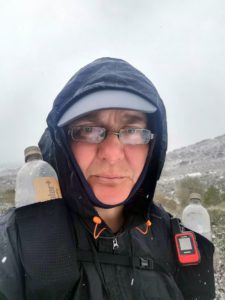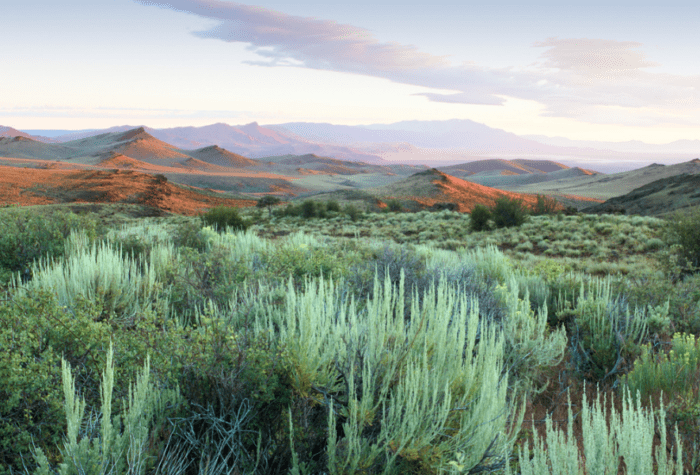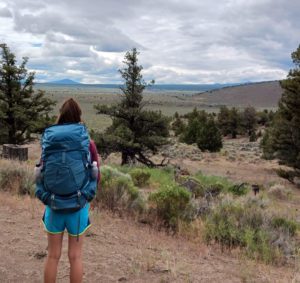Author: Renee Patrick | Published: February 3, 2023 | Category: How-to
Taking on a challenging remote hike like the Oregon Desert Trail can be intimidating, but hikers from all experience levels and backgrounds have been successful in their desert adventures.
But you don’t have to take our word for it…
 Renee Clough hiked a section of the Oregon Desert Trail last summer near the western terminus with her 15-year-old daughter, Jessica. Renee doesn’t have much backpacking experience, but was interested in the ODT for the numerous access points that would make shorter trips possible, and shared, “I’m an over-planner, so I appreciated the quantity and detail of information available for the trail. I was able to feel prepared for the trip rather than heading out with fingers crossed.”
Renee Clough hiked a section of the Oregon Desert Trail last summer near the western terminus with her 15-year-old daughter, Jessica. Renee doesn’t have much backpacking experience, but was interested in the ODT for the numerous access points that would make shorter trips possible, and shared, “I’m an over-planner, so I appreciated the quantity and detail of information available for the trail. I was able to feel prepared for the trip rather than heading out with fingers crossed.”
 Christine Thuermer is known by her trail name “The German Hiker” in the thru-hiking community, and with her 37,000+ miles racked up on long-distance trails, has written countless books about her adventures. Look for an upcoming publication from Christine featuring the Oregon Desert Trail, and an article in Germany’s popular online magazine, Der Spiegel.
Christine Thuermer is known by her trail name “The German Hiker” in the thru-hiking community, and with her 37,000+ miles racked up on long-distance trails, has written countless books about her adventures. Look for an upcoming publication from Christine featuring the Oregon Desert Trail, and an article in Germany’s popular online magazine, Der Spiegel.
Their practical tips will help guide and inspire you to face the challenge that a high desert hike holds.



